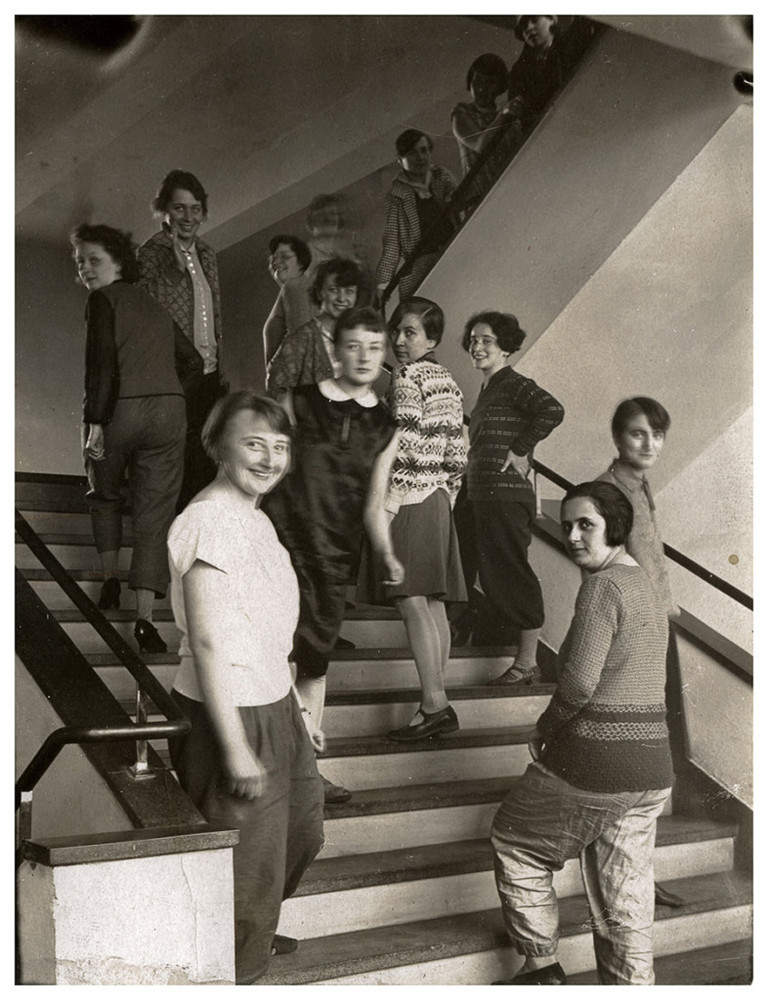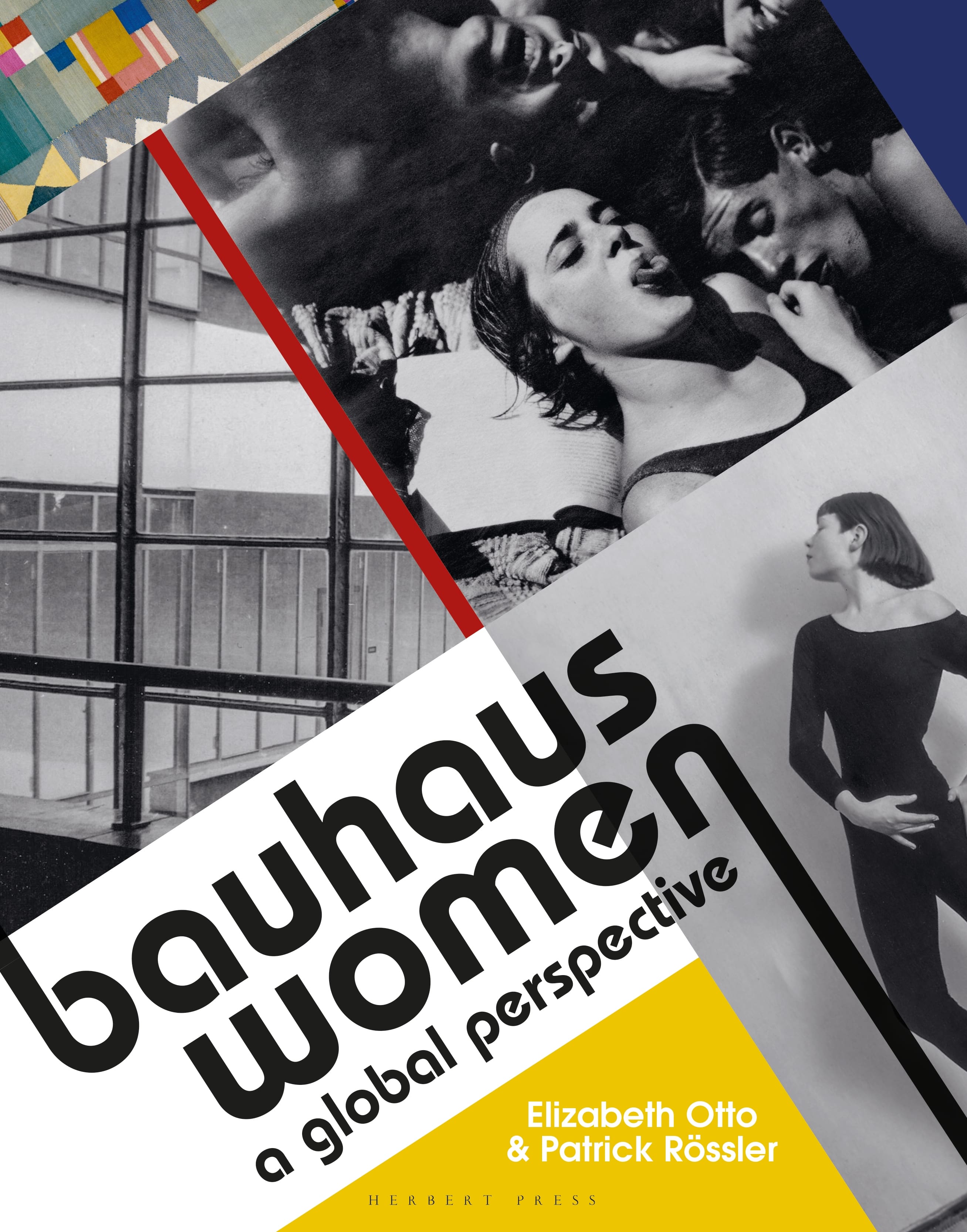Bauhaus Rewritten: Pentagram's ode to the female forces which shaped our visuals
To celebrate Bauhaus' centenary London's Design Museum has commisioned Pentagram's partner Sascha Lobe with a London Design Festival installation aka a Bauhaus road crossing celebrating the women of Bauhaus.
To mark the iconic centenary of the design movement which fiercely changed our visual language Lobe designed a pedestrian crossing for London Design Festival 2019.
The road installation, titled Bauhaus Rewritten pays homage to the female forces of the Bauhaus, whose achievements are all too often overlooked in design history.
The names of pioneering designers including Anni Albers, Gertrud Arndt, Marianne Brandt and Ise Gropius, will feature in a typographic layout among glyphs that Lobe and his team created while designing the new identity for the Bauhaus Archive in Berlin last year.
The crossing is situated on High Street Kensington at the junction with Abingdon Road, moments from the Design Museum and it was launched to coincide with the start of London Design Festival.
The crossing is one of a series of Creative Crossings on Kensington High Street that also includes Japan House. Creative Crossings is project with the Kensington High Street Business Forum and is supported by the Royal Borough of Kensington and Chelsea.
The Bauhaus was seen as a progressive academic institution, as it declared equality between the sexes and accepted both male and female students into its programs.
During a time when women were denied admittance to formal art academies, the Bauhaus provided them with an unprecedented level of opportunity for both education and artistic development, though generally in weaving and other fields considered at the time to be appropriate for women.
The Bauhaus was founded by the architect Walter Gropius in 1919 and operated until 1933 with the school's main objective the unification of the arts.
The Bauhaus taught a combination of fine arts, craft and industrial arts, and design theory in order to produce artists that were equipped to create both practical and aesthetically pleasing works to cater to an increasingly industrialized world and had a significant impact on the development of art, architecture, graphic design, interior design, industrial design and typography.
The road installation, titled Bauhaus Rewritten pays homage to the female forces of the Bauhaus, whose achievements are all too often overlooked in design history.

From top to bottom: Gunta Stölzl (left), Ljuba Monastirskaja (right), Grete Reichardt (left), Otti Berger, (right), Elisabeth Müller (light patterned sweater), Rosa Berger (dark sweater), Lis Beyer-Volger (center, white collar), Lena Meyer-Bergner (left), Ruth Hollós (far right) and Elisabeth Oestreicher. Photograph by T. Lux Feininger; collection of the Bauhaus-Archiv Berlin
The recently published the book “Bauhaus Women: A Global Perspective” reclaims the other half of Bauhaus history, yielding a new understanding of the radical experiments in art and life undertaken at the Bauhaus and the innovations that continue to resonate with viewers around the world today.
“Bauhaus Women: A Global Perspective” bursts the bounds of this slim history by revealing fresh Bauhaus faces aka forty-five Bauhaus women unjustifiably forgotten by most history books.
Moving chronologically from the first women to enter the school to those who helped lead it through its last days in 1933, this book also widens the lens to reveal how the Bauhaus drew women from many parts of Europe and beyond, and how, through these cosmopolitan female designers, artists, and architects, it sent the Bauhaus message out into the world and to a global audience.
“Many of the Bauhaus women weren’t self-promoting,” says Dr. Elizabeth Otto, associate professor of art history and visual studies at the University at Buffalo College of Arts and Sciences. It’s one of the many reasons that few women Bauhauslers have been widely recognized. “The [male-driven] history of the Bauhaus as we know it, is not right,” Otto adds. “If you integrate the women, it is simply a more complete and a much more interesting picture.”
Otto co-authored the book with University of Erfurt professor Patrick Rössler, spotlighting 45 Bauhaus women, bringing their courage and creativity, as well as their progressive ideas and inspiring stories, into the spotlight.

For more Bauhaus inspiration check here.
Slider images via Pentagram
Tags/ origins, london, pentagram, anniversary, design museum, typographic installation, bauhaus, sascha lobe, london design festival, centenary, professor




















